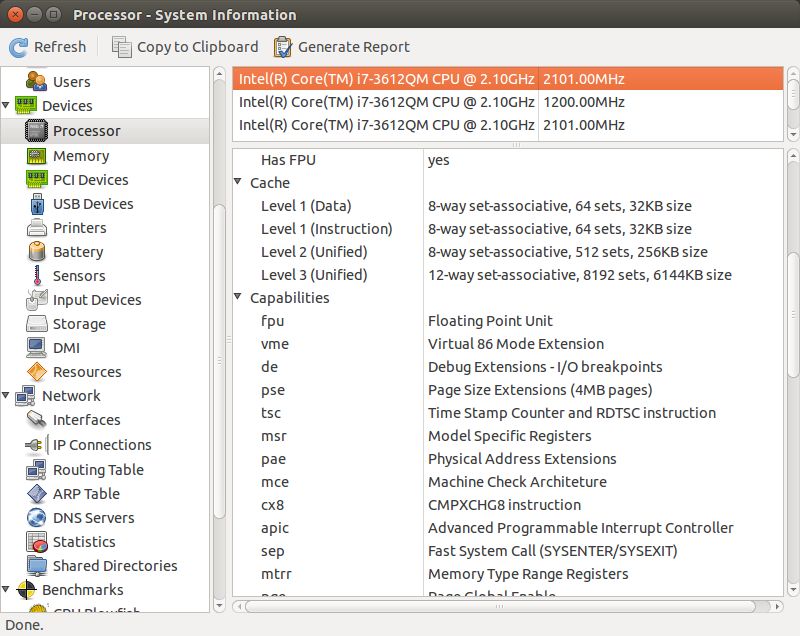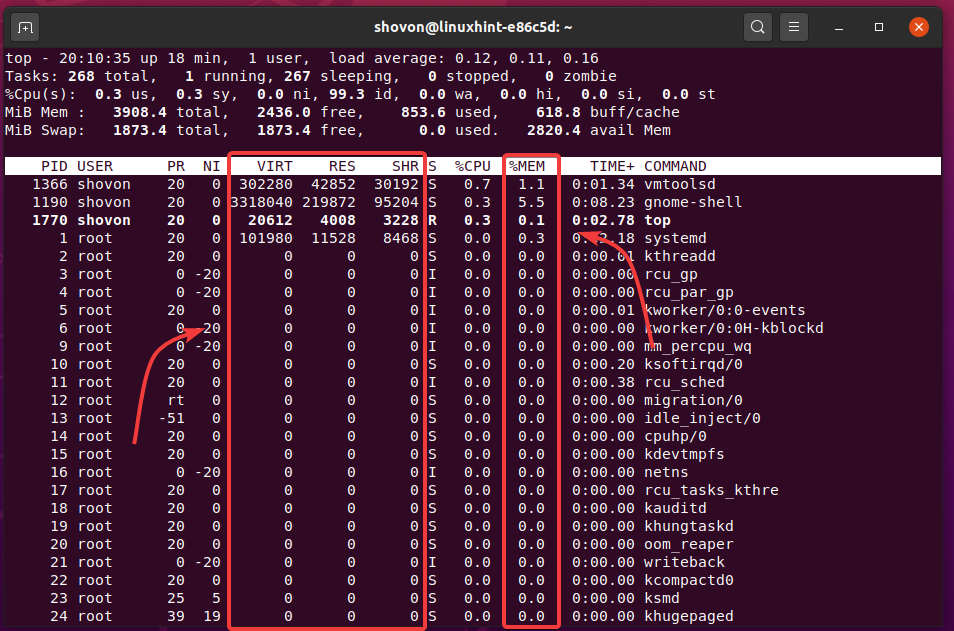

The uptime metric shows how long your server has been running or down. This metric helps identify codebase issues. Monitoring the data connection pool can help determine the number of connections in a pool that your application needs. Users are likely to quit if your system takes too long to respond to requests, therefore it is crucial to monitor the response time and investigate the potential causes of response delays. Number of SessionsĪ similar measure to the request throughput, this metric identifies the number of sessions the server can support at a given time. Request Throughput measures the number of requests the server can handle for a certain unit of time and helps determine your hardware needs. Too many active threads at the same time can slow down the application or the whole server. Additionally, you need to see if a sufficient amount of memory has been freed up. You have to determine the right frequency for running garbage collection, since this is a resource-intensive process. In addition, using as little available memory as possible could decrease your memory needs and minimize costs. This reading is critical because running low on heap memory will cause your application to perform slower. It can even lead to OutOfMemory exceptions. Here are some of the key areas you’ll want to monitor: Memory Usage When checking application performance, there are several areas that provide clues on whether everything is working within ideal parameters.

Application server monitoring metrics and runtime characteristics are essential for the applications running on each server. Additionally, monitoring prevents or resolves potential issues in a timely manner.


 0 kommentar(er)
0 kommentar(er)
